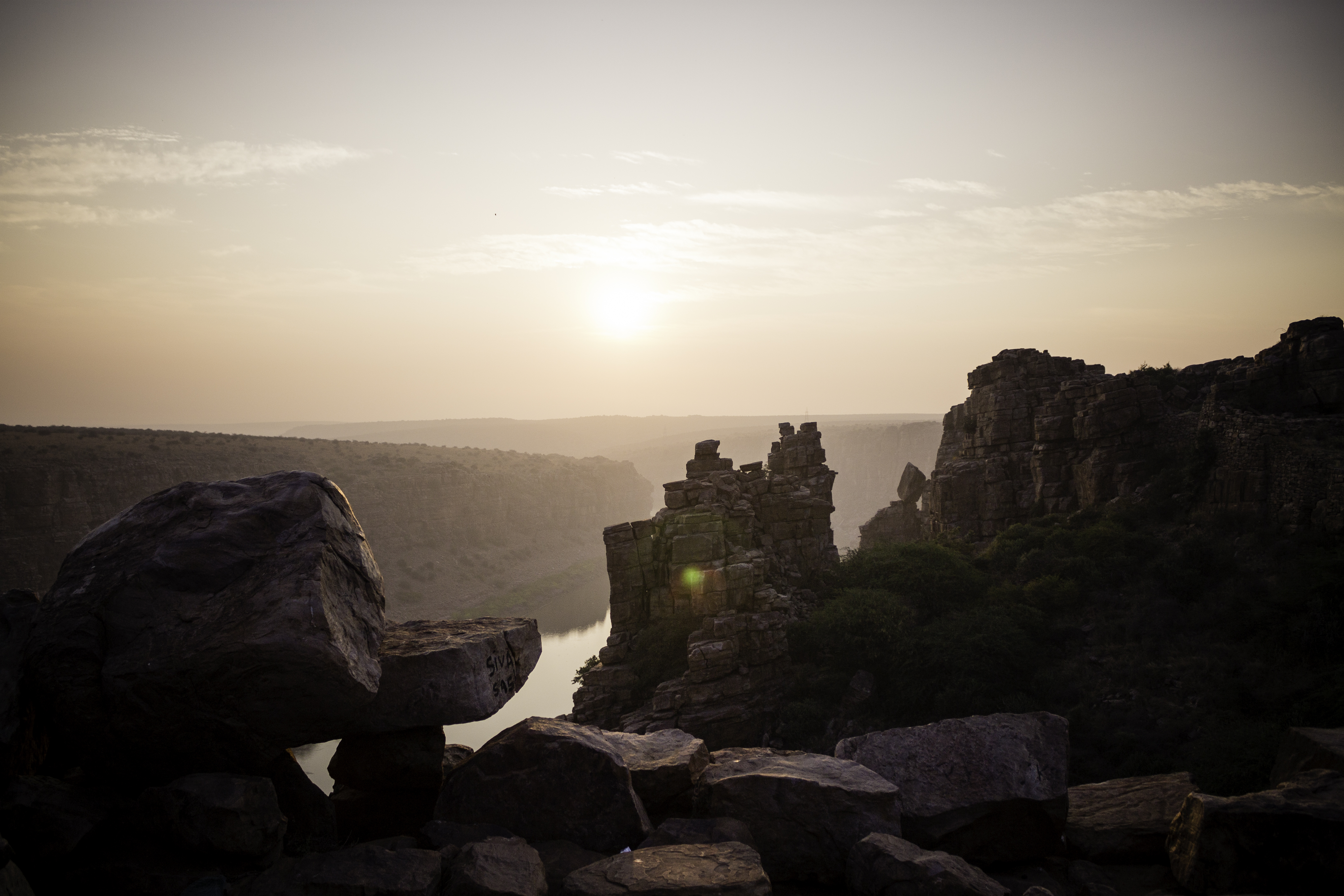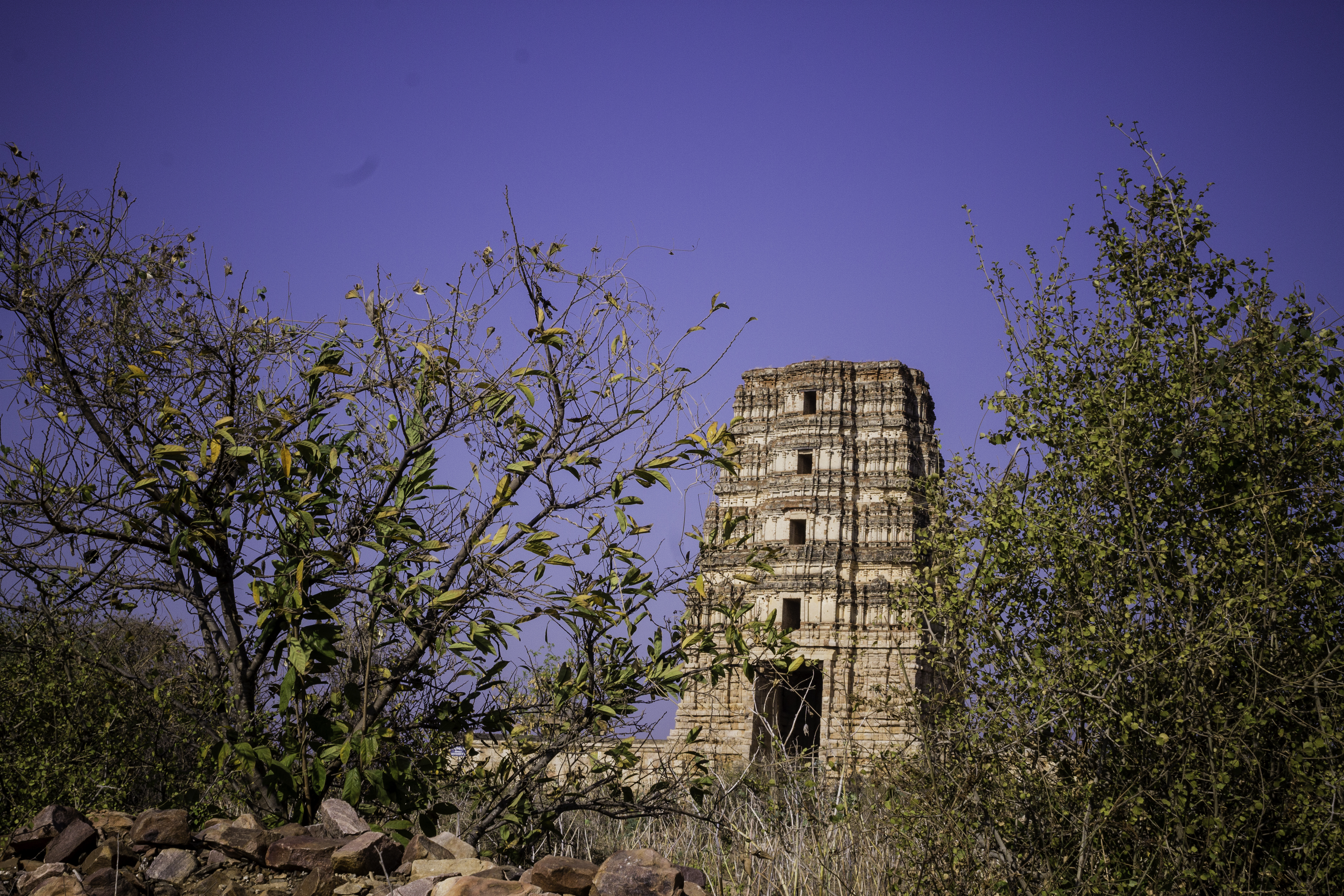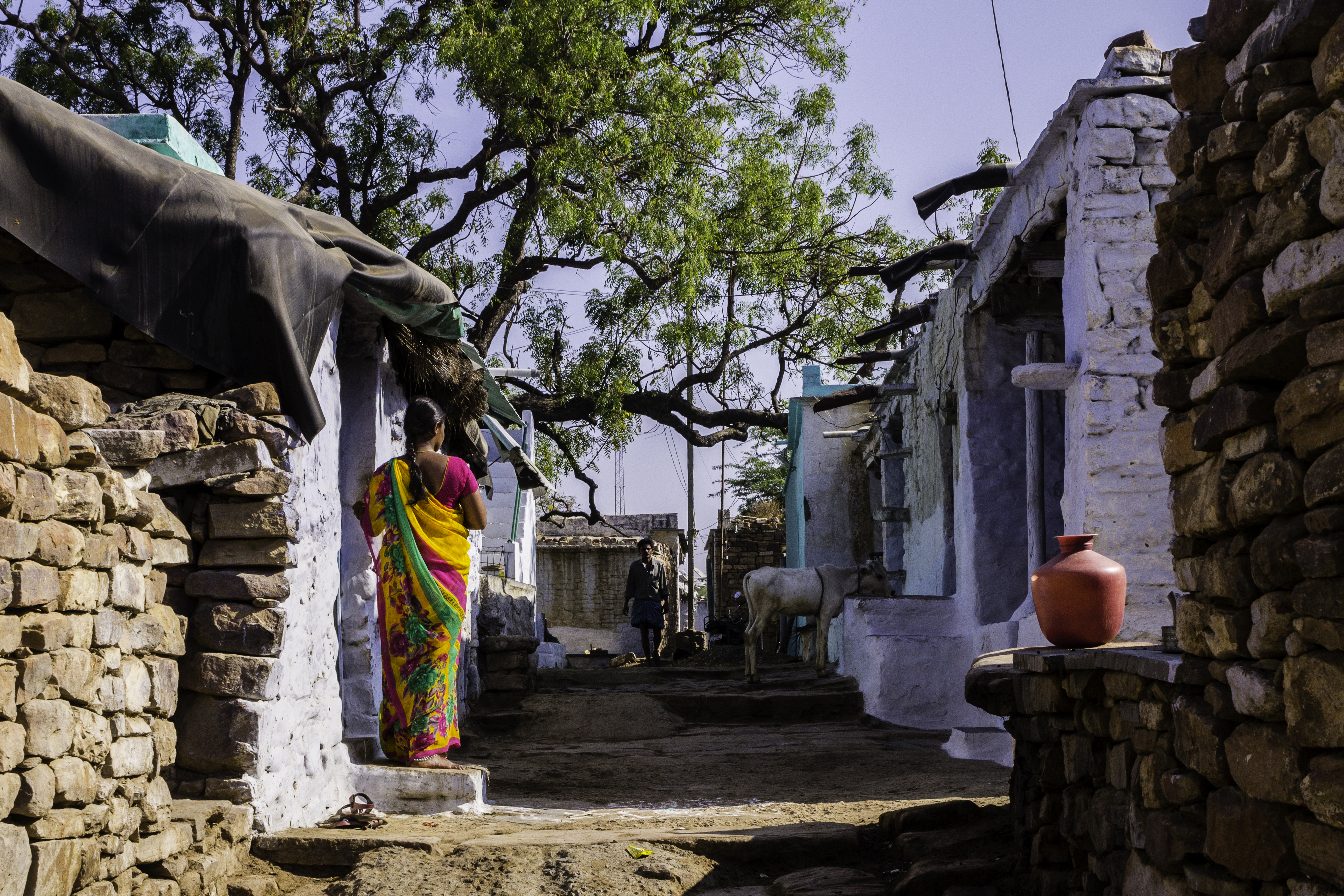(All pictures by Abhishek Anil)
I vividly recall a Friday afternoon when I bought a one-way bus ticket to Pondicherry. It was less than 15 minutes between hearing the name of this quaint little beach town, and whimsically getting myself a ticket for an 11.30 pm bus leaving from Bommanahalli. I don’t quite recall asking parents for permission, friends for company or even outlining the trip. Maybe because being seventeen gives us an impetuous to be reckless and sometimes foolish, maybe it was because I’d never seen the sea before and really wanted to. Anyway, halfway through my bus journey that night, I began wondering what I’d gotten myself into: only to doze off a few minutes later without thinking it through. I’m so glad I didn’t. It was the first of many places I’d later delve myself into. A constant impulse to discover spots began with this one-way bus ticket bought on a dull Friday afternoon.
***
In the past few months, I found myself exploring places I’d seen earlier only through a screen, and revisiting a few others. They all had a different character to them and no are two alike. The prospect of visiting doppelganger places is a little dissuasive to me, but the idea of revisiting a place I’ve been to before, it always instils a feeling of excitement in me.
The first excursion of this year kicked off with a whim similar to the Pondicherry one. Seeing a longish weekend fast approaching, and with no preoccupations to commit to, it was an easy decision for me to give Gandikota, a tiny village in Andhra Pradesh, a try. I barely managed to board the bus that weekend, which ended up being an arduous 9 hour journey with only bananas to keep me from starving.
Gandikota has an impressive fort situated just on the right bank of the Pennar River, constructed during the late 14th century.
The fort overlooks a vertigo-inducing 300 feet gorge, reminiscent of The Grand Canyon of Arizona.

Canyon view I
Only a fraction of it, though.

Canyon View II
Because of its impulsive beginnings, the outing was always going to be full of uncertainties. The fort ended up being fifteen kilometres from the nearest town. The bus could not go the entire way, but I was lucky enough to hitch a ride.

Hitching a ride
With a tiny Quechua tent being my suite for the night, I managed to reach Gandikota just in time to catch the sky painted in all hues of red and orange by the setting sun. A couple of unkempt temples inside a long, impregnable fort wall and scattered windmills in the distance: it was a sight hard to ignore. The people of the village appeared to be indifferent to what might’ve been just another evening and not deserving of much awe.

A Gandikota special
The gigantic windmills I’d seen earlier were a suggestion as to what I would expect to see, and I was not let down. The following night was rough and windy; with me scrambling around for a comfortable span of sleep in my ‘suite’. It was on the verge of tipping over with me inside it. Because of a frightfully uneasy night, it wasn’t too hard to wake up just in time for daybreak which was no less impressive than the sunset. The locals were up and running with their daily chores as early as 6. I on the other hand was busy trying to figure how to hop over the huge granite boulders to get a glimpse of the river down below.
***
A small blue board said that Jean-Baptiste Tavernier referred to Gandikota as the ‘2nd Humpy’, and I painted an image of Hampi in my head, imagining how it would be, as I haven’t been to the Vijaynagar capital itself.
Trotting around the ramparts later in the morning, I saw how the fort wasn’t like the ones I’d seen back home in Delhi, where the forts are an exhibition of opulence and splendour; but were more like palaces made to resemble a fort.

At the masjid
Gandikota was constructed for defensive purposes where the architects had resources to fulfil the bare necessities: like a granary, a bund to store water, a handsome mosque, and a temple.

And the temple
The village itself didn’t seem to have changed much over the years, except the power lines which criss-crossed overhead and the bright red refrigerators they powered.

In the village
**
A little late into the morning, I decided to leave the fort and catch the only bus back to Bangalore. I quickly grabbed a few vadas and set off to Jammalamadugu. Upon reaching there, I got an unpleasant surprise as the bus was a weekly one. Jammalamadugu is a municipality in Kadapa disctrict and has roughly fifty thousand people inhabiting it. By now the sun was high up in the sky, and I was frantically trying to look for anything that remotely resembled a bus stop.

A village unchanged
While I waited next to a life-sized Gandhi statue in the town centre worrying how to get back home, a white Linea pulled up and a young city-dwelling voice asked me “Could you please tell us the way to Kadiri?” The name seemed vaguely familiar to me, and after stressing my grey cells a little I realised it was the same town which I’d crossed the day earlier on the way to Gandikota. The route to Kadiri was a state highway numbered twenty-something without any turns on the way. I asked if they could drop me to this other tiny little town, and they gladly assisted.
Shortly after I got into the car and exchanged a few words with the occupants, I fell asleep only to be woken up once in a while by the many bumps on the way. Though the car offered its comforts, the battered road didn’t. An hour-and-a half seemed like a few minutes, before I was politely woken up by a voice saying I’d arrived at Kadiri.
From there on, it wasn’t too long before I managed to find the town’s concrete bus shelter and, like the bus journey earlier, bought a dozen bananas for the way. Soon enough, a familiar red and grey bus pulled up at the platform and an engine rumbled. The board behind the giant front windshield read Bangalore in Roman and Kannada scripts. I bought another bottle of water and occupied the seat I always prefer, right behind the driver and next to the window.
As the bus sped closer and closer towards home, all I was left with was the thought of whether I’ll ever visit Gandikota again. If I do, would it carry the same scents, would it be as violently windy or if the crumbling fort seem as impregnable and massive as it had for the past six hundred years? I hope it stays the same, but nevertheless, offer me a piece of Gandikota I hadn’t seen before.

One more masjid view
Abhishek Anil
Latest posts by Abhishek Anil (see all)
- A Gandikota I’ve never seen before - 17th January 2017




